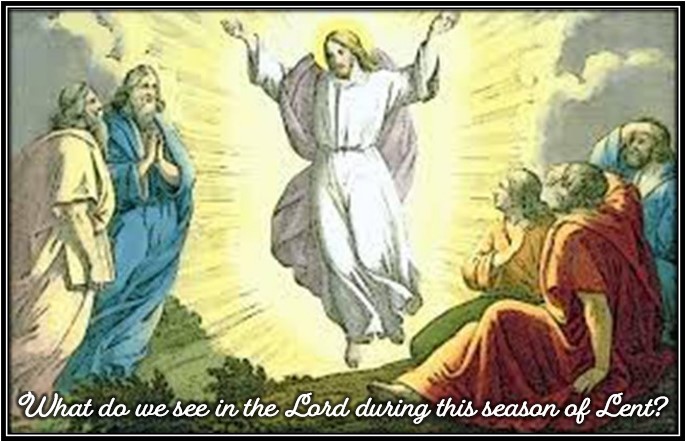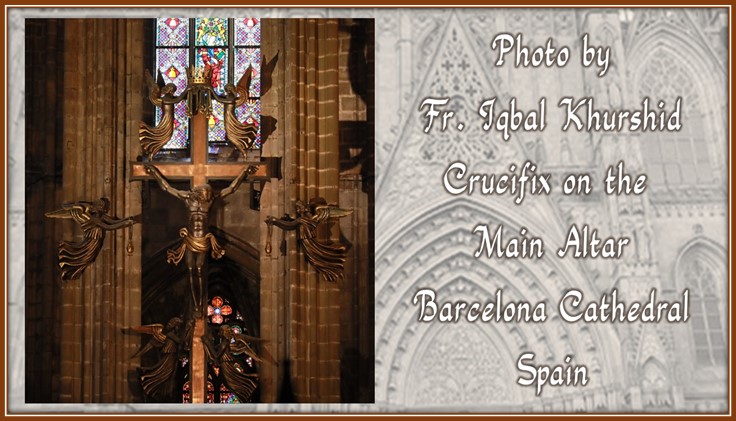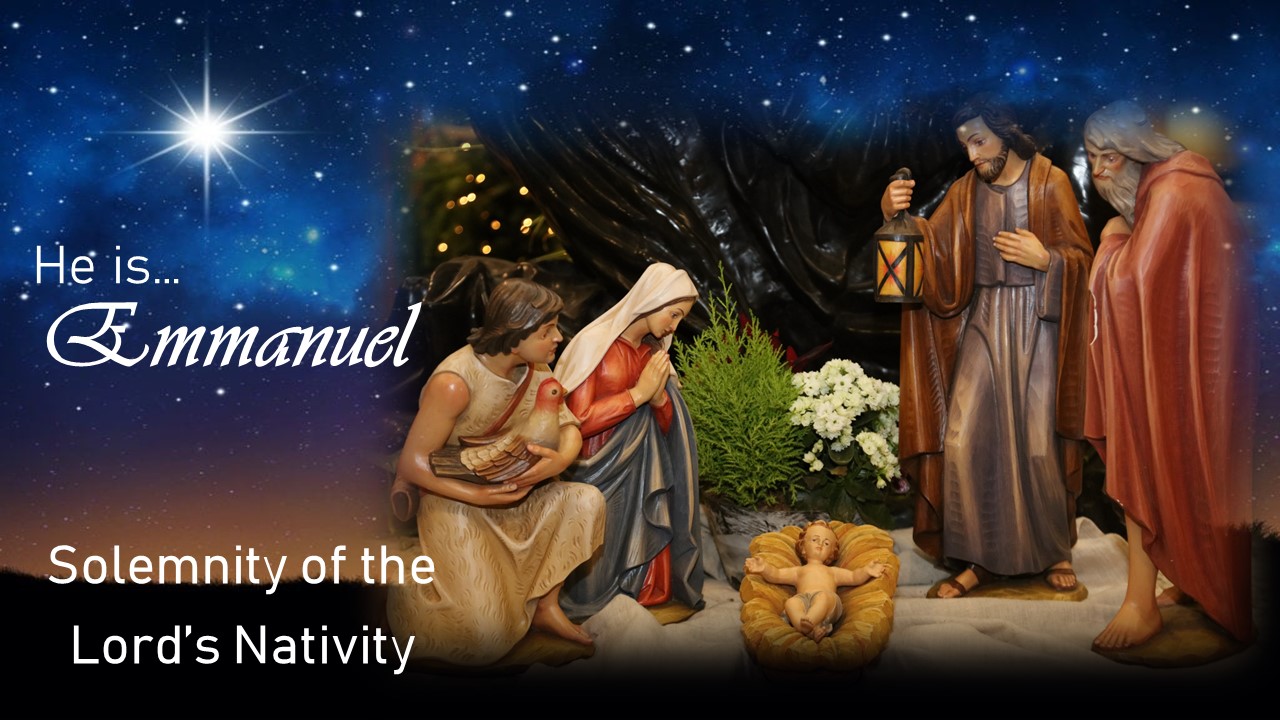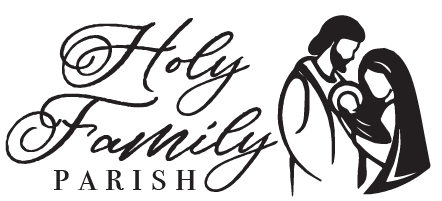
2nd Sunday of Lent Year A ~ March 5, 2023
WHAT DO WE SEE?
Once a pious old man had to travel with lot of luggage by train. So, he went to the ticket counter and asked for a train ticket as well as luggage ticket for his travel to another city. Seeing the old man, the clerk recognized him. The clerk was an old acquaintance of the old man. He greeted him. While giving him his ticket, he said, “You don’t have to take a luggage ticket. I will be on the same train, and I assure you that no one asks you for a ticket for extra luggage”. The old man asked him, “Ok…but how far would you be travelling?”
The clerk told him the name of the station and said, “Don’t worry even if you have to travel further, I will instruct the other ticket checker to let you travel without any problem”. The old man replied, “But how far will that person accompany me?”
Clerk replied, “He will accompany you till the last station of the train.”
The Old man replied, “But my journey will not stop there…”
Perplexed the clerk at ticket counter asked, “How far will you be travelling?”
The Old man replied, “I have to go beyond all these worldly stations, after death I will go to see God. Who will accompany me there and help me get through there?”
The clerk was speechless.
The old man explained, “This train is public property, and no one should be allowed to carry extra luggage and travel without paying the correct fare. Today I may be able to cleverly evade these authorities, but I cannot fool God.
What do we see in this story? Clerk sees worldly things, but the old man sees the things of heaven which he is going to face. The Season of Lent is all about seeing the presence of the Lord in our lives and obeying him who has died for us. In the First Reading we see about the call of Abram to settle in the alien land with the promise of making him the father of multitude. God also promised him to protect him in the amidst of curses. And “So Abram went, as the Lord had told him” Is the core of the whole reading. Abram saw the presence of God in his life and trusted that he is not going to be alone. The Faith of Abram made him the friend of God as we read in the Letter to the Hebrews.
We continue our Lenten journey with prayer, fasting and alms giving. This is a beautiful time of grace and to believe that Jesus Christ our Lord suffered and died for us as St. Paul said in the Second Reading of last Sunday “This is acceptable time, this is time of Salvation”. Last Sunday we reflected on the Temptations of Jesus and were strengthened by the Lord to learn how to overcome and be strong. St. Cyprian, Martyr, once gave a very beautiful reflection to remind us how to have the Lord in our life: “Dear brothers, the commands of the Gospel are nothing else than God’s lessons, the foundations on which to build up hope, the supports for strengthening faith, the food that nourishes the heart. They are the rudder for keeping us on the right course, the protection that keeps our salvation secure. As they instruct the receptive minds of believers on earth, they lead safely to the kingdom of heaven.
God willed that many things should be said by the prophets, his servants, and listened to by his people. How much greater are the things spoken by the Son. These are now witnessed to by the very word of God who spoke through the prophets. The Word of God does not now command us to prepare the way for his coming: he comes in person and opens the way for us and directs us toward it. Before, we wandered in the darkness of death, aimlessly and blindly. Now we are enlightened by the light of grace, and are to keep to the highway of life, with the Lord to precede and direct us. Let the Father recognize the words of his Son. Let the Son who lives in our hearts be also on our lips. We have him as an advocate for sinners before the Father; when we ask for forgiveness for our sins, let us use the words given by our advocate. He tells us: Whatever you ask the Father in my name, he will give you. What more effective prayer could we then make in the name of Christ than in the words of his own prayer?”
On this Second Sunday of Lent, the liturgy leads us to contemplate the event of the Transfiguration in which Jesus allows the disciples Peter, James and John a foretaste of the glory of the Resurrection: a glimpse of heaven on earth. St. Matthew, the Evangelist reveals to us Jesus transfigured on the mountain, which is the place of light, a fascinating symbol of the unique experience reserved to the three disciples. They go up the mountain with the Master. Accustomed to seeing him daily in the simple appearance of his humanity, they are astonished as they face that new splendour that also envelops his entire body. And Moses and Elijah appear beside Jesus and speak with Him about his forthcoming “exodus”, that is, of his Paschal death and Resurrection. It is a preview of Easter. Then Peter exclaims: “Lord, it is good to be here”. He wished that that moment of grace would never end! He saw which I believer the other two disciples failed to see. A conversion of his own heart.
But please remember before The Transfiguration occurs at a precise moment in Christ’s mission, when Jesus just finished talking with his disciples about his suffering, death, and resurrection and off course St. Peter didn’t like the idea of Jesus’s suffering and dying and he almost fights with the Lord. “This message led to crisis for Peter and the entire group of disciples, who rejected the idea that Jesus would be scorned by the leaders of the people and then put to death. Indeed, they were waiting for a powerful, strong, dominating Messiah, whereas Jesus presented himself as a humble and gentle servant of God, and servant of mankind, who would offer his life in sacrifice, passing by way of persecution, suffering and death. But how could one follow a Master and Messiah whose earthly existence was to end in that way? That is what they were thinking. And the answer came precisely from the Transfiguration” as Pope Francis reflects on the Gospel. Is Peter wrong to stop Jesus talking about his death?
Soon after the confrontation with St. Peter, Jesus takes Peter, James, and John, “and led them up a high mountain; and showed them his glory, the glory of the Son of God”. This may have made his disciple change their perspective of his suffering, death, and resurrection. “They saw him, as Holy Father’s reflection, as he would be after the Passion: Glorious”.
Therefore, the Transfiguration of Christ shows us the Christian perspective of suffering. Suffering is but a transitory passage into rising with him. The point of arrival to which we are called is luminous like the face of Christ Transfigured: in him is salvation, beatitude, light and the boundless love of God. By revealing his glory in this way, Jesus ensures that the cross, the trials, the difficulties with which we struggle, are resolved, and overcome in Easter. Thus, this Lent, let us also go up the mountain with Jesus! But in what way? With prayer. Let us climb the mountain with prayer: silent prayer, heartfelt prayer, prayer that always seeks the Lord. Let us pause for some time in reflection, a little each day, let us fix our inner gaze on his countenance and let us allow his light to permeate us and shine in our life.
An old man was living in a temple and the demons came to say to him, “Leave this place which belongs to us,” and the old man said, “No place belongs to you.” Then they began to scatter his palm leaves about, one by one, and the old man went on gathering them together with perseverance. A little later the devil took his hand and pulled him to the door. When the old man reached the door, he seized the lintel with the other hand crying out, “Jesus, save me.” Immediately the devil fled away. Then the old man began to weep. Then the Lord said to him, “Why are you weeping?” and the old man said, “Because, the devils have dared to seize a man and treat him like this.’ The Lord said to him, “You had been careless. As soon as you turned to me again, you see I was beside you.” I say this, because it is necessary to take great pains, and anyone who does not do so, cannot come to his God.
What do we see in the Lord during this season of Lent?
Other Sermons In This Series

Solemnity of Pentecost, Year C ~ June 5, 2022
June 03, 2022

11th Sunday in Ordinary Time Year A ~ June 18, 2023
June 16, 2023

Solemnity of Lord’s Nativity Year B ~ December 25, 2023
December 21, 2023

